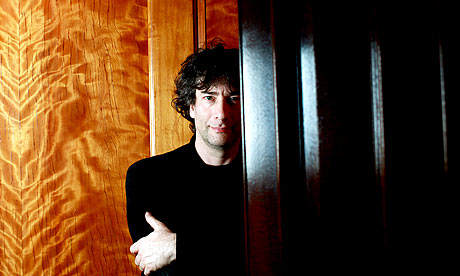
Michelle V. Agins/The New York Times The newly opened Brooklyn Bowl in Williamsburg.
Each time I’m buckling my 5-year-old into his car seat on the way to another of his peers’ birthday parties, I say a little prayer that there will be beer. This Sunday, the party was at Brooklyn Bowl, and yes, there was beer. All the taps at Brooklyn Bowl pour beers brewed in the borough: Kelso, Six PointsSixpoint and kegs from Brooklyn Brewery, right next door in Williamsburg. The birthday boy’s father, who works at the bowling alley, told me that it’s been getting some of the brewery’s products before any other place in the city.
I’ve never thought of bowling alleys as being in the avant-garde of beer (or any kind of avant-garde, really), so I called Brooklyn’s brewmaster, Garrett Oliver, for verification. He said that since they can just roll kegs across the alley between the two businesses, and since the tap room at the brewery is only open on weekends, yes, Brooklyn Bowl would tend to get some beers first.
So far, bowlers have had a chance to taste just one beer, Sorachi Ace, before anyone else. It’s a Belgian farmhouse-style ale with a bright lemony flavor and aroma it gets from a Japanese hop of the same name.
Mr. Oliver said that the relationship with the bowling alley was “informal, but since they’ve been building next to us for a year, we now know everybody there really well. I’m about to go next door and see if I can borrow their kitchen.”
It turns out that as well equipped as Mr. Oliver’s brewery is, it doesn’t have an actual stove, something he needed to cook up a batch of malt mash. It’s a special malt that was smoked in the same room with some of the bacon made by the legendary Allan Benton. “It’s almost terrifying how much the malt smells like bacon,” Mr. Oliver said.
He plans to brew about 15 gallons of barleywine with that malt. In the meantime, he’s been infusing a brown ale with the flavor of Benton’s bacon fat through a technique known as “fat washing.” (Nick Fauchald described the process in this profile of the bartender Eben Freeman.) Oh, and the bacon-fat-infused ale was also aged in bourbon barrels, because bourbon and bacon go together like, um, beer and bacon.
Eventually, the barleywine with the bacon-smoked malt and the bourbon-aged, bacon-fat-infused ale would be blended to create one monstrously bizarre beer.
“One of two things will happen,” Mr. Oliver predicted. “Either this will be the most amazingly disgusting thing you’ve ever tasted in your life. Or I shall rule the earth.”
He also talked about collaborating with the Bromberg brothers, of the various Blue Ribbon restaurants, who are in charge of the food at Brooklyn Bowl. The idea, as far as I could make it out, was for the Brombergs to bake a bread from many of the ingredients in a Brooklyn beer called Local 2. There was also something about making a cheese from the milk of cows fed on spent grain from the brewery, and how it would be cool to wash that cheese in Local 2, so you could have bread, beer and cheese that were practically siblings. By that point my head was spinning, and I hadn’t had a drop to drink.










